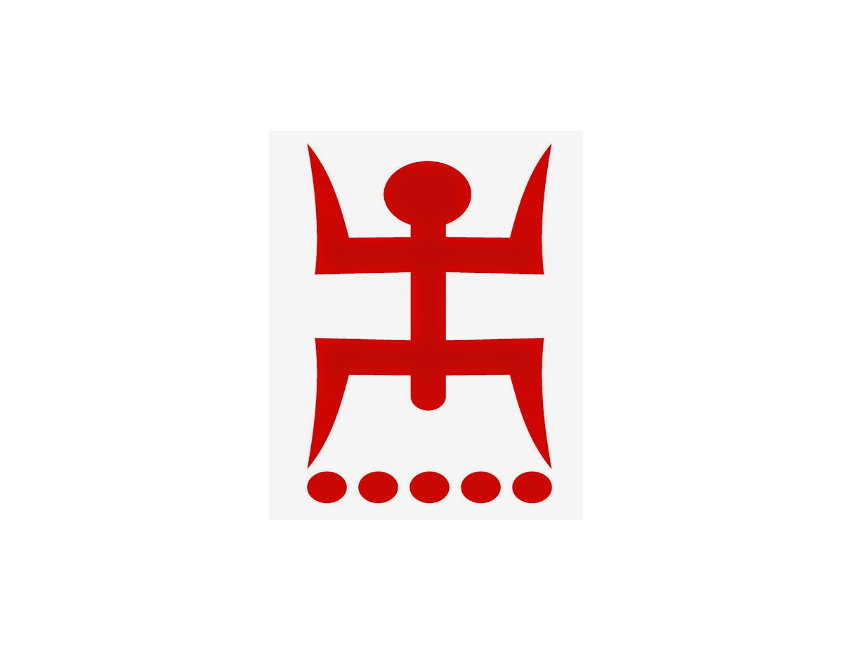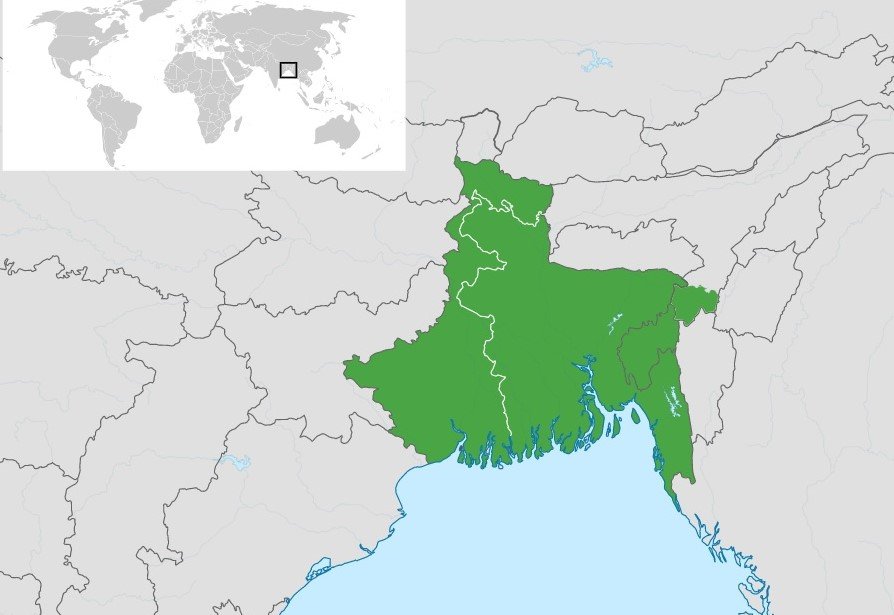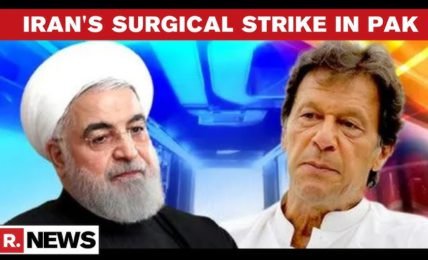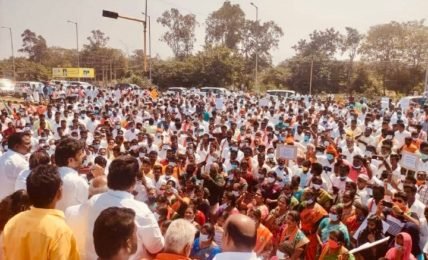West Bengal – The Bengali Hindu Homeland
When Jinnah tried to include complete Bengal in his demand package, the Bengali Hindu Homeland movement fought for a land for Hindus to be retained in the India. That Hindu homeland is what we know as West Bengal today.






